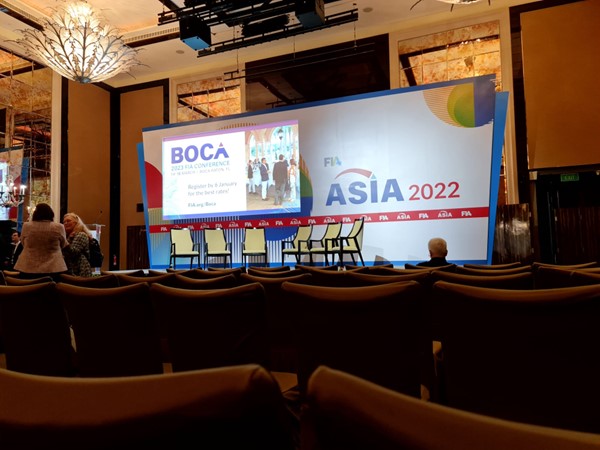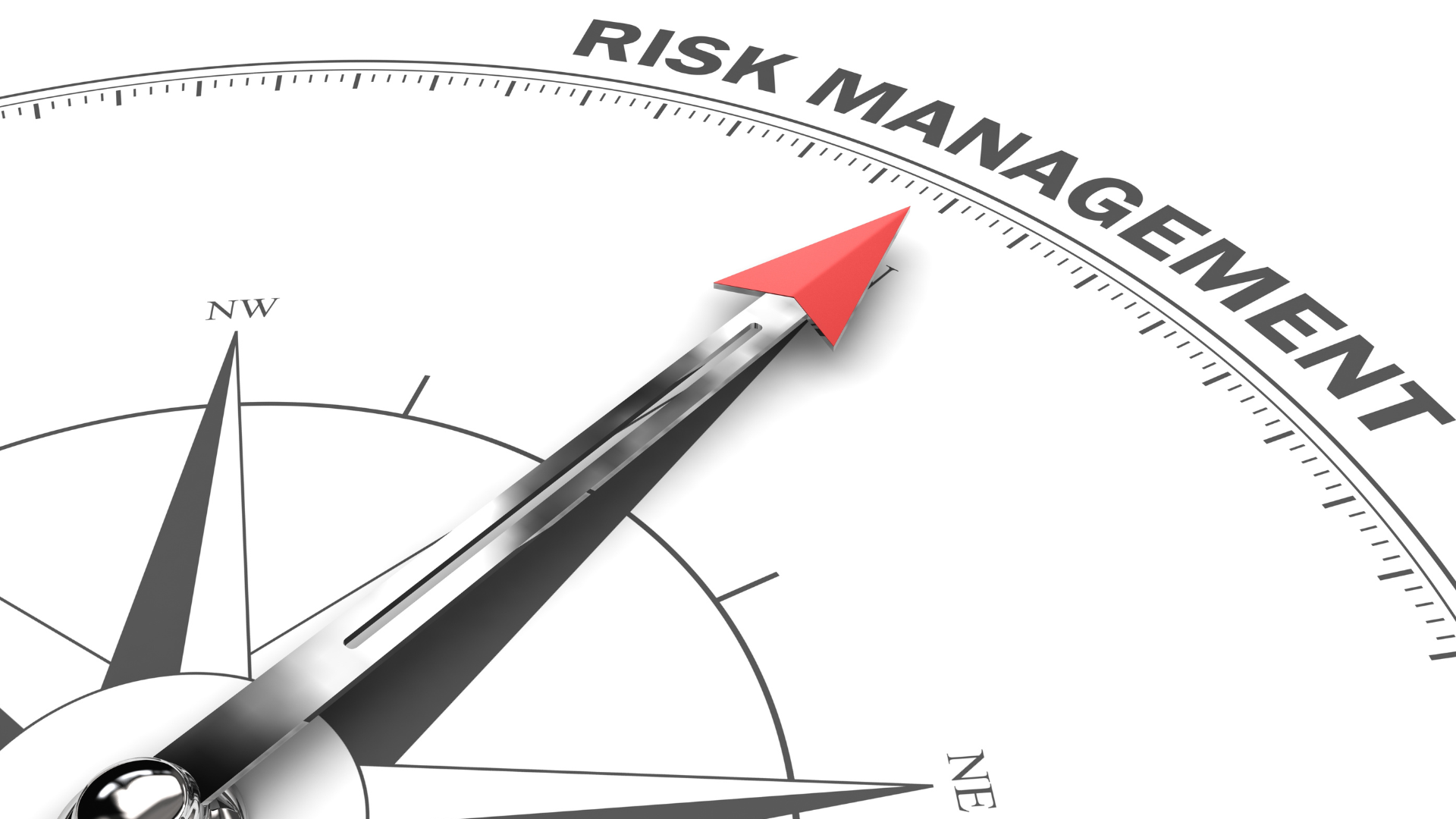
Lynnice Ng, Head of Marketing
Lynnice develops the marketing strategy for the MAS-licensed, Shanghai-headquartered brokerage firm based in Singapore, Orient Futures Singapore, and leads the team to execute sponsorship of events aligned with brand and business objectives.
With a Bachelor of Business degree and a Master of Arts (Contemporary China) from Nanyang Technological University, certificates of Capital Markets and Financial Advisory Services (CMFAS) Module 2A and Module 6A, she is passionate about the financial services industry and takes pride in providing value to clients and all, in the areas of content and events.
Soon Yujian, Marketing Associate
Yujian is the content strategist and writer in the marketing department of Orient Futures Singapore.
With a Bachelor’s degree in English from Nanyang Technological University, he gathers insights about the derivatives industry and turns them into bite-sized news. He enjoys researching market news, industry trends, and reports. His research expertise is also readily presented in articles such as the QFI scheme, and informative articles such as the FIA article series.
In the final session of the FIA Asia conference, the focus was placed on three main topics, Cryptocurrencies, Carbon, and ESG. Unlike the other conferences, “Looking through the Crystal Ball” looks forward to potential problems and possibilities.
Due to the similarity in discussion topics from the other conference sessions, this talk draws on the key points and attempts to nuance areas of interest and current trends.
On Cryptocurrency
The Broad Stroke
On the topic of regulations, the conference on “Digital Asset, The Next Currency?” discussed the implementation of ZKP (Zero-Knowledge Proof) and Project Guardian, which were used to regulate digital currencies. Similarly, the conference on “The Clearing Environment, Volatility, and New Products” discussed topics of interconnectivity and market structure. In the face of these forms of regulatory progress, it is acknowledged that changes can be made on various fronts.
For the cryptocurrency market, “… Changes can be made on 3 segments of market regulation, protection, and standards… Every asset class should also consider the risk appetite of investors to implement accurate policies. This should be the main duty of the CFTC commissioner to consider the risks and regulations, we are all part of the ecosystem.”
- Micheal Peters, Chief Executive Officer, Eurex Frankfurt AG
Collateralization vs Fragmentation
While the industry grows, baby steps are taken toward collateralization. Hindering factors include the CCP and the broad threat of disintermediation (as both the consensus and trend) which causes the industry to become fragmented. While such fragmentation promotes healthy competition needed to stimulate growth, it is unclear if it is beneficial.
In particular, relations such as FCMs and counter party-risk, stress, and market volatility are all factors to consider in the developing world. In the long term, addressing the potential conflict of interest between brokers, clearing houses, and exchanges are crucial.

Segregation and Risk
In the opening address, it was acknowledged that the segregation of client assets is an important achievement. It delineates the customer’s funds from the working capital of the brokerage firm, ultimately, this mechanism works to the benefit of investors and traders alike.
In regions such as the USA, FCM’S standard clearers are also a fundamental risk buffer.
Neither these CCPs nor the FCMs should exist in an isolated ecosystem. Stress tests must be done regularly to keep the systems of both parties up to the bar. Regarding these implementations, Mr. Dheeraj Daswani (Head of Futures & Clearing Product, APAC, Citigroup Global Markets Singapore Pte. Ltd. ) explains that from the market-making perspective, it is challenging, and he suggests methods to address the market.
Firstly, increasing digital asset avenues is a possible venture. “Digital asset avenue means having a robust counterparty, proper judiciary duty, client asset segregation, and sound risk management. It is known that current future options have heavy margin constraints, with a few service providers straddling this regulated/unregulated market.”
Separately, implementing tailored instruments for the needs of client groups is another targeted solution. “Meeting retail and institutional needs must be better. Digital Options have been slow to gain traction. This is because current options are either too difficult to trade or it is much easier to achieve objectives through swaps and perpetual contracts. Having a nuanced payoff structure would be beneficial to encourage trade in the digital space.”

Carbon Footprint/ESG
There are a lot of carbon footprint-based companies in Asia, what roles do exchanges play and how can they be improved?
Creating a liquid benchmark will unleash market potential. With well-adopted policies and a listing of futures that supports reducing carbon footprints, more will be willing to enter the market. The industry will also require much more investment from private firms for a net zero objective. (a total of 135 trillion in investments.)
With gaining traction and interest in ESG and carbon-based products, it is also vital to consider if they can be categorized into an asset class.
On one hand, carbon traders are usually commodity traders or agricultural traders. They view carbon-based products as having the same value as a futures. (a contract based on an underlying commodity.) They also consider credit trading, counterparty risks, and the various implications of trading the product.
On the other hand, the exchanges view carbon products the same value as stocks, with their own fundamentals and market factors.
The Prospects of The Carbon Market In Today’s World
“When we consider the war in Ukraine and Russia. It had caused a 50% price jump in energy prices. Hence, it is best to have a market pop-up signal to avoid abrupt and sudden changes. European policymakers should also ensure that they get a proper energy supplyCurrently, Germany and Europe consider ESG s a topic of domestic security. Their source of energy is Russia, and as the war rages on, the conflict might increase the speed of decarbonization… currently there are 45 contracts, from the 45, 22 have open interest and of those 22, 4 have liquidity. When we are talking about the carbon market or ESG it is a 3.3 trillion market with tremendous growth potential.” – FIA 2022
Other Topics and Considerations
India’s Growth
“The growth in India caters to growing demographics in retail. Promoting flagship product growth, extended trading hours are now the best method of growing the trade volume.”
- Neeraj Maathur, Head of Corporate Strategy, Singapore, Optiver
Extended Trading Hours and FCM Challenges
The extended trading hour is a big thing. Most exchanges offer holiday trading or extended trading in their own fashion and styles. During these periods, FCMs face difficulties as they offer their own liquidity to clients.
“An intra-day move of 4~5% has become the norm when it is highly abnormal. The downstream-related factory needs to manage the pressure on the volume/ balance sheet, and such information is not shown to the public eye. At the same time, SCP’s has to ensure there are no funding drags on the business and money flow.”
- Joyce Goh, Commercial Director, Climate Impact X
Approached by the countless problems from new trends, it was discussed that when FTX entered the industry, they had offered a proposal and a provoking tech solution. It was a good attempt as they had opened ways to do things that were different.
Nonetheless, volatility is here to stay as banking research tail-risk, geopolitical situations, and inflation continues to happen. Therefore, FCM occupies a key position in the market. They are the parties that must engage in accurate intra-day risk management and from a liquidity perspective, the right controls. Overall, it is a question of maturity. Every FCM needs to look at the trade-life cycle. The processes today are never the best and can be improved upon, these improvements can diverge into different aspects such as collateral movements and dynamic shifts that are integral to the market or liquidity funding.
Start Trading With Orient Futures Singapore
Being an Overseas Intermediary of Shanghai International Energy Exchange (INE), Dalian Commodity Exchange (DCE), and Zhengzhou Commodity Exchange (ZCE), when foreign clients participate in internationalised futures contracts in these Chinese markets with us, they have direct access to trading, clearing, and settlement. Our parent company, Shanghai Orient Futures, is the largest broker in terms of aggregated volume across the five regulated exchanges in China.
Orient Futures Singapore also currently holds memberships at the Singapore Exchange (SGX), Asia Pacific Exchange (APEX), and ICE Futures Singapore (ICE SG).
We provide premium customer service at an affordable cost to all our clients. Our team will be there for you 24 hours on trading days to provide a one-stop portal for all your trades, with simple processes and an intuitive user interface that has low or near-to-zero latency.





